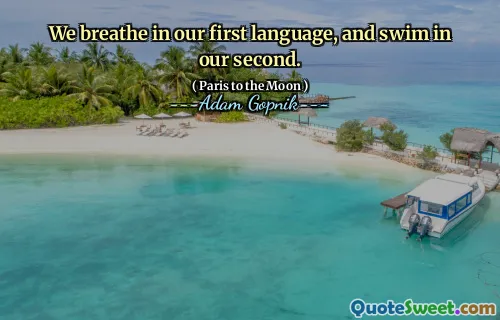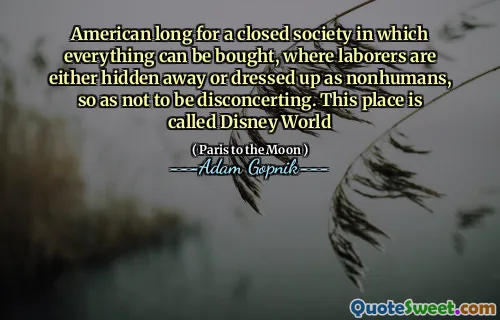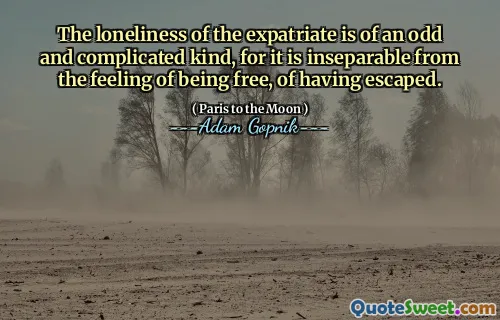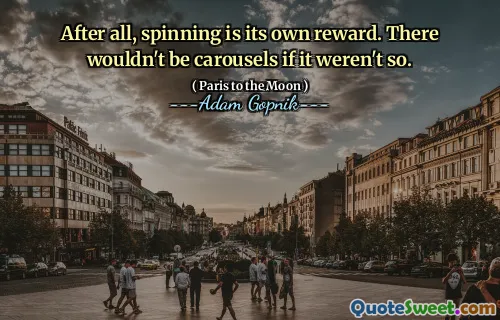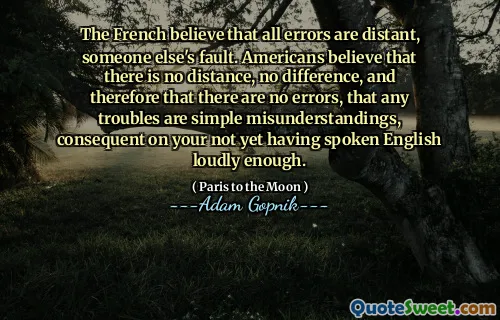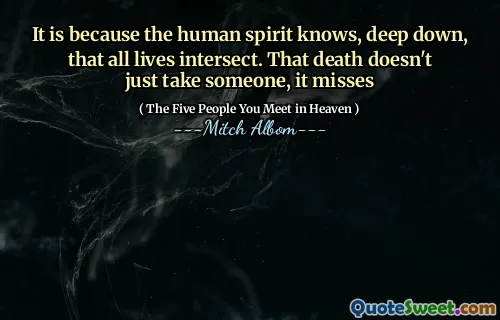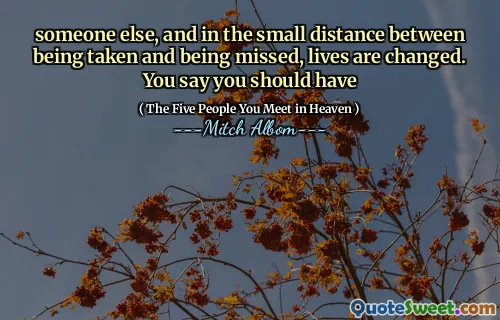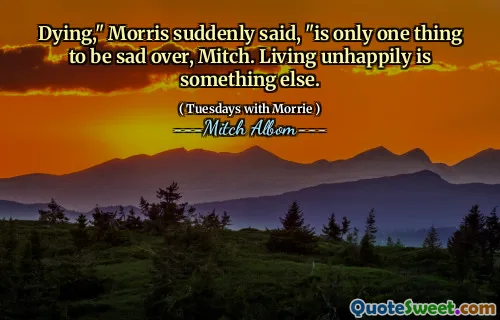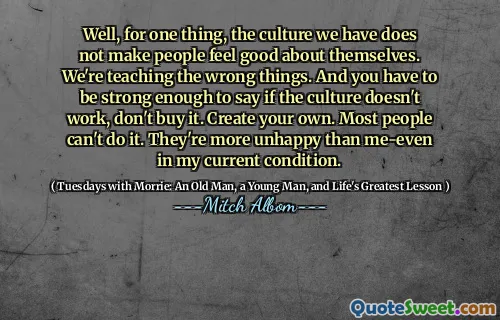
但是,烹饪的崇高时刻实际上是自然变成文化的时刻,东西变成了东西。这是红洋葱被切碎,培根切成薄片的时刻,栗子被剥去了,它们都在锅里米哈特,然后是特定的时刻 - 颜色开始变化,并且气味仅在您的鼻子水平上聚集在一起。一切都开始从原始到煮熟的斑点。栗子,如果您正在做栗子,请有点潮湿,有点哭泣。那就是他们所做的;一切都在哭。
(The sublime moment of cooking, though, is really the moment when nature becomes culture, stuff becomes things. It is the moment when the red onions have been chopped and the bacon has been sliced into lardons and the chestnuts have been peeled, and they are all mijotéing together in the pot, and then-a specific moment-the colors begin to change, and the smells gather together just at the level of your nose. Everything begins to mottle, bend from raw to cooked. The chestnuts, if you're doing chestnuts, turn a little damp, a little weepy. That's what they do; everything weeps.)
在“巴黎到月球”中,亚当·戈普尼克(Adam Gopnik)探索了烹饪的变革过程,强调了它如何将自然与文化联系起来。厨房里的关键时刻是当生食材(如切碎的洋葱和切成薄片的培根)开始成为菜的旅程。当它们结合在锅中时,原材料经历了一种转换,这意味着与烹饪艺术有更深的联系。感官转移是显着的,色彩正在加深,香气在空中散发出来,突出了烹饪过程的美丽。
gopnik生动地说明了这种经历,并指出了每种成分是如何经历变化的,创造了气味和视觉效果的交响曲。他建议,烹饪的行为揭示了与食物从自然状态演变为准备餐食的亲密关系。例如,栗子似乎在释放水分时“哭泣”,象征着烹饪的情感和感官共鸣。转型的这一时刻标志着烹饪创造力的庆祝,普通人变得非凡。
